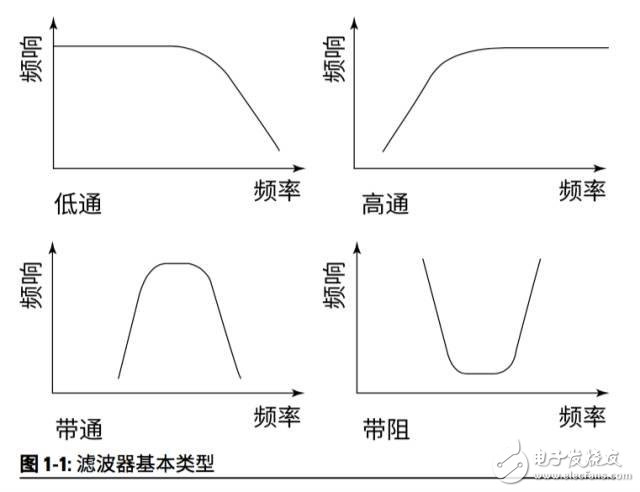Filters are essential components in signal processing, designed to eliminate unwanted frequency components while preserving the desired ones. Depending on their function, filters can be categorized into four main types: low-pass, high-pass, band-pass, and band-stop (or band-reject) filters. Each type serves a unique purpose in shaping the frequency spectrum of a signal.

Today, we won’t go into the general concept of filters but instead focus on the challenges they face as mobile networks evolve toward 4G and beyond. Q Jun introduces two key technologies used in mobile device filtering: Surface Acoustic Wave (SAW) and Bulk Acoustic Wave (BAW) filters.
SAWSurface Acoustic Wave (SAW) filters are widely used in 2G and 3G devices, particularly in receiver front-ends, duplexers, and receive filters. They offer low insertion loss and good rejection characteristics, making them suitable for high-bandwidth applications. Their compact size makes them an attractive alternative to traditional cavity or ceramic filters.
AdvantagesOne of the major advantages of SAW filters is their ability to support high-frequency applications up to 1.9 GHz, including standards like GSM, CDMA, and 3G. With advancements such as wafer-level packaging, SAW technology allows for the integration of multiple filters into a single chip, which is crucial as smartphones become more complex and feature-rich.
LimitationsHowever, SAW filters have limitations at higher frequencies. Above 1 GHz, their selectivity decreases, and they are typically limited to medium-performance applications up to around 2.5 GHz. Additionally, SAW filters are highly sensitive to temperature changes. A rise in temperature can cause a drop of up to 4 MHz in the frequency response, which becomes a significant issue as mobile devices operate over wider temperature ranges and with narrower guard bands.
BAWBulk Acoustic Wave (BAW) filters provide better performance at higher frequencies, offering a higher quality factor and lower insertion loss compared to SAW. Using bulk acoustic wave technology, it’s possible to create narrow-band filters with steep transition bands and strong suppression capabilities, making BAW ideal for addressing interference issues in modern wireless systems.
AdvantagesBAW filters operate efficiently around 1.5 GHz, complementing SAW by covering higher frequency ranges. They can handle frequencies up to 6 GHz, making them suitable for new LTE bands above 1.9 GHz. BAW is also effective for LTE/Wi-Fi coexistence filters, where interference management is critical.
As mobile devices continue to support more frequency bands, the size of BAW filters actually decreases with increasing frequency, making them ideal for demanding 3G and 4G applications. Moreover, BAW filters are less affected by temperature variations, even at wide bandwidths, which enhances their reliability in real-world conditions.
Modern smartphones may need to filter signals across 15 or more bands for 2G, 3G, and 4G, plus Wi-Fi, Bluetooth, and GNSS. This means a single device could require up to 30 to 40 filters, highlighting the importance of efficient and reliable filtering solutions like SAW and BAW. As wireless communication continues to evolve, these technologies will play a vital role in meeting the growing demands of next-generation networks.
Tantalum Alloys,Tantalum Turned Parts,Tantalum Alloy Target,Tantalum Alloy Wire
Shaanxi Xinlong Metal Electro-mechanical Co., Ltd. , https://www.cnxlalloys.com